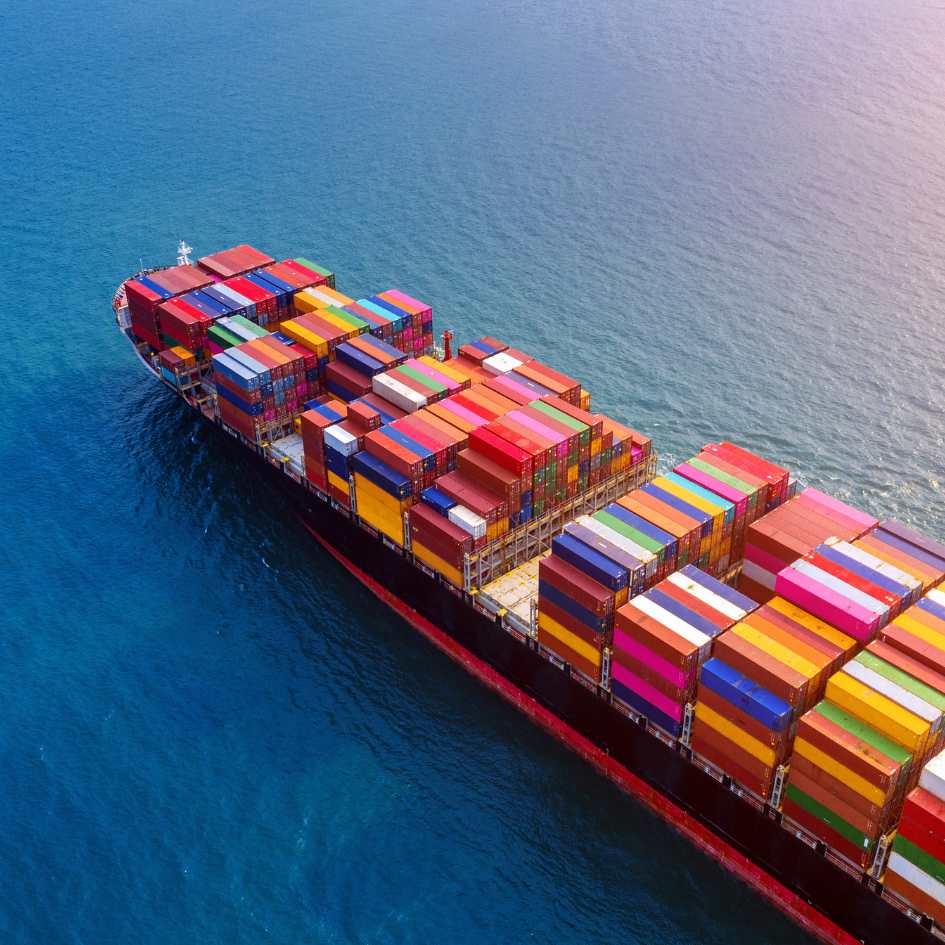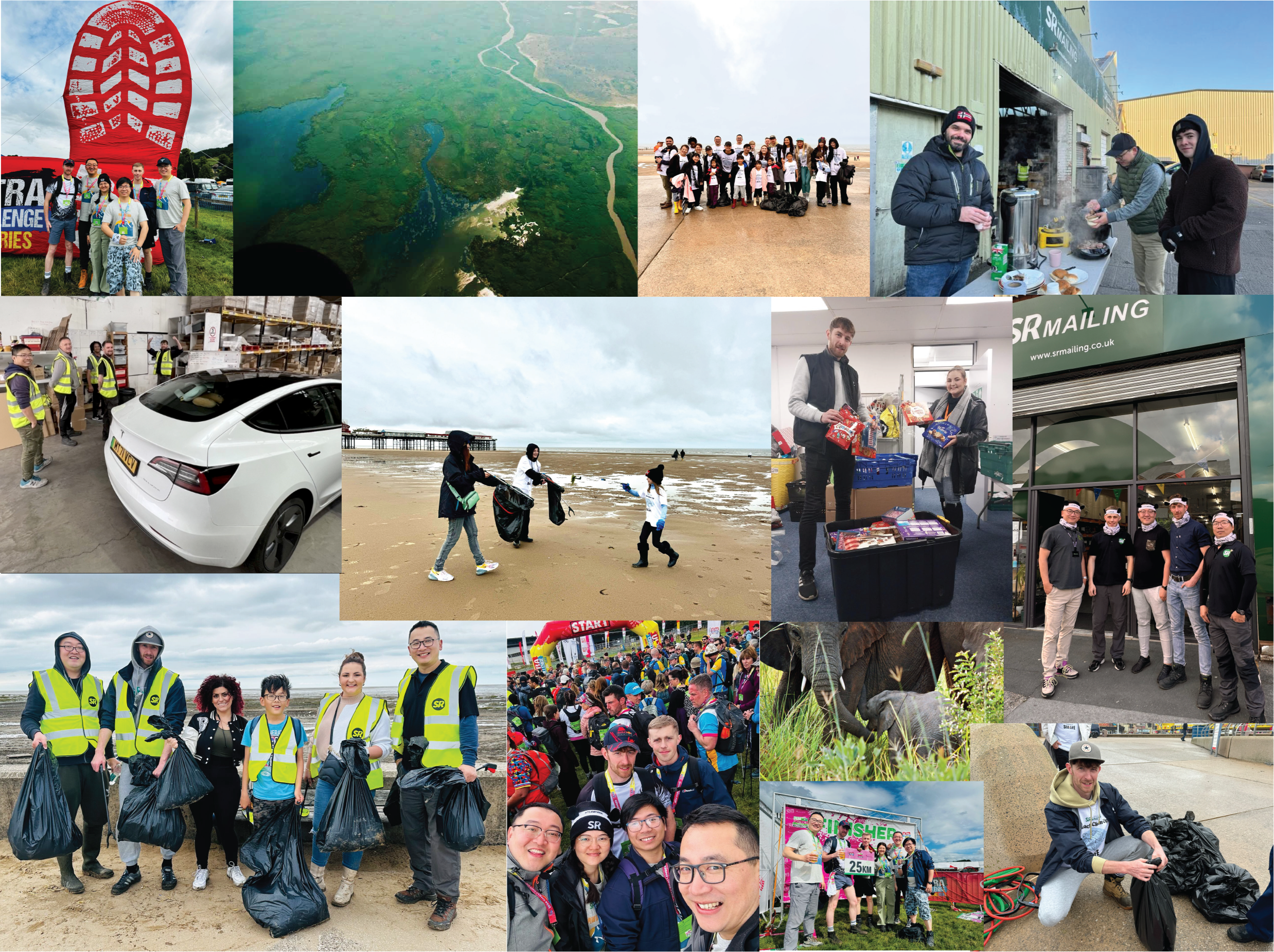In recent months, the global trade community has faced a new challenge: a series of targeted assaults on merchant ships in the Red Sea. These attacks, primarily attributed to the Yemen-based Houthi rebel group, have sent ripples through the world of international commerce, particularly affecting the e-commerce sector. As Managing Director of a UK-based sustainable e-commerce packaging company, I've witnessed firsthand the unfolding consequences of these events on businesses like ours.
This blog post aims to shed light on the broader implications of these assaults. We'll explore how they're reshaping the landscape of global trade, with a focus on the increased costs, extended shipping times, and the environmental consequences. For businesses and consumers alike, understanding these impacts is crucial, especially in an era where e-commerce is a key driver of economic activity.

What Do the Red Sea Assaults Mean for Global Trade and E-commerce?
The Red Sea, bridging Asia and Europe, has long been a linchpin in global trade, with a significant portion of the world's shipping traffic passing through this narrow strait. Its importance is amplified by its role as the gateway to the Suez Canal, a crucial shortcut for ships traveling between Europe and Asia. However, the recent assaults on merchant ships in this region have dramatically altered this dynamic, posing a direct challenge to the global trade system, especially for e-commerce businesses.
These assaults have forced shipping companies to rethink their routes. The decision to avoid the Red Sea and the Suez Canal has been costly but necessary to circumvent potential threats. The alternative, a detour around the Cape of Good Hope, adds significant time and distance to voyages. This rerouting is not just a logistical headache but also a financial burden. For instance, the spot market container freight rate from Shanghai to Rotterdam soared from $1,667 to $4,406 per 40ft container in just a few weeks. This steep increase reflects the direct cost implications of the Red Sea disruptions on global shipping - a cost that eventually trickles down to businesses and consumers.
E-commerce, an industry reliant on the efficiency and reliability of global shipping networks, faces a unique set of challenges. Extended delivery times and increased shipping costs directly impact customer satisfaction and profitability. This situation underscores the vulnerability of global trade networks and highlights the need for adaptive strategies in the face of geopolitical instabilities.
The Economic Ripple Effect: Increased Costs and Extended Shipping Times
The Red Sea assaults have triggered a cascade of economic repercussions that extend far beyond the shipping industry. The immediate and most tangible impact has been the dramatic rise in shipping costs. According to Drewry's World Container Index, freight rates have surged, exemplified by the Shanghai to Rotterdam route, where costs have more than doubled in a matter of weeks. This spike in shipping rates is not just a number on a balance sheet; it represents a substantial increase in operational costs for businesses, particularly those in the e-commerce sector.
But the economic impact goes deeper. Extended shipping times disrupt the finely tuned rhythm of global supply chains. E-commerce, which thrives on the promise of quick and reliable delivery, finds itself particularly vulnerable. The longer transit times result in delayed deliveries, affecting inventory management, sales cycles, and ultimately customer satisfaction. For businesses operating on just-in-time inventory systems, these delays can lead to stock shortages and lost sales opportunities.
Moreover, the congestion at ports due to rerouted and delayed vessels adds another layer of complexity. Ports, accustomed to handling a steady flow of container traffic, are now grappling with unpredictable surges in arrivals. This can lead to bottlenecks, further delaying the unloading and onward transportation of goods. The cumulative effect of these challenges is a potential rise in the cost of goods, as businesses strive to offset the increased logistical expenses.
In the short term, e-commerce businesses and consumers may need to brace for higher prices and longer waiting times. However, this situation also presents an opportunity for businesses to reevaluate and strengthen their supply chain resilience, adapting to a rapidly changing global trade environment.
The Environmental Cost: More Than Just Financial
The economic implications of the Red Sea assaults are clear, but there's another, often overlooked, consequence: the environmental impact. The rerouting of ships around the Cape of Good Hope significantly increases the distance traveled, leading to higher fuel consumption and, consequently, greater carbon emissions. This increase in emissions runs counter to the global efforts towards sustainability, especially poignant for businesses committed to environmentally-friendly practices.
In an era where consumers and corporations alike are increasingly aware of their environmental footprint, the extended shipping routes present a challenge. E-commerce, in particular, already faces scrutiny over its environmental impact, and the added emissions from longer shipping routes further complicate this issue. For companies striving for sustainability, this presents a dilemma: how to balance the need for efficient, cost-effective logistics with the responsibility towards environmental stewardship.
This situation underscores the importance of a holistic approach to business operations, where economic decisions are made with environmental consequences in mind. It also highlights the need for continued innovation in sustainable shipping practices, including the exploration of alternative fuels and more efficient logistics planning.
Beyond the Immediate Crisis: Long-term Economic Impacts
The disruption in the Red Sea is more than a temporary obstacle; it may herald long-term changes in global trade practices. The current crisis exposes the vulnerabilities of heavily centralised shipping routes and underscores the importance of diversification and flexibility in supply chain management.
In the long term, we may witness a shift in how global trade routes are navigated, with businesses seeking alternative pathways to avoid geopolitical hotspots. This could lead to a reevaluation of the current global shipping infrastructure, potentially sparking investments in emerging trade routes or in technologies that enhance maritime security.
Moreover, the crisis could accelerate trends towards regionalization of supply chains and encourage businesses to explore local sourcing options. This shift could reduce dependence on long-haul shipping, thereby mitigating some of the risks associated with geopolitical instabilities.

Proactive Strategies for Businesses
In response to these challenges, businesses, particularly in the e-commerce sector, need to adopt proactive strategies. Diversifying shipping routes and building more robust supply chains are crucial steps. Companies should also consider expanding their supplier base to include regional options, reducing the reliance on long-distance shipping.
Investing in supply chain technology can offer real-time visibility and flexibility, enabling businesses to adapt quickly to changing situations. Moreover, fostering strong relationships with logistics providers can ensure better coordination and contingency planning.
In parallel, businesses should not lose sight of their sustainability goals. Exploring greener shipping options, optimizing packaging, and reducing waste can help balance the environmental impact of necessary logistical adjustments.
Conclusion
The assaults on merchant ships in the Red Sea have rippled through the global trade ecosystem, impacting costs, shipping times, and environmental sustainability. These events serve as a stark reminder of the interconnected nature of global commerce and the need for adaptability in the face of unforeseen challenges.
For e-commerce businesses, this is a call to action: to strengthen supply chains, embrace sustainability, and innovate in response to a changing world. By doing so, businesses can not only navigate these uncertain waters but emerge more resilient and prepared for the future.




